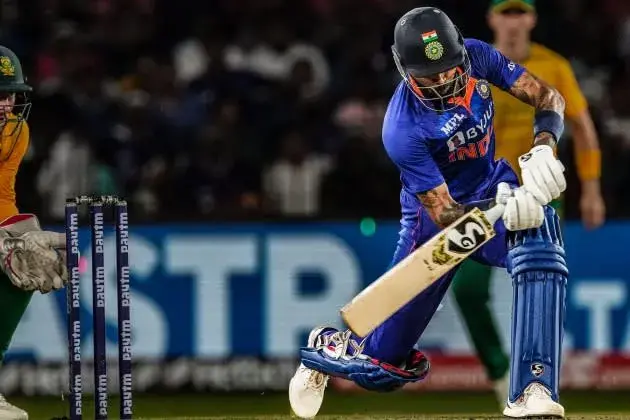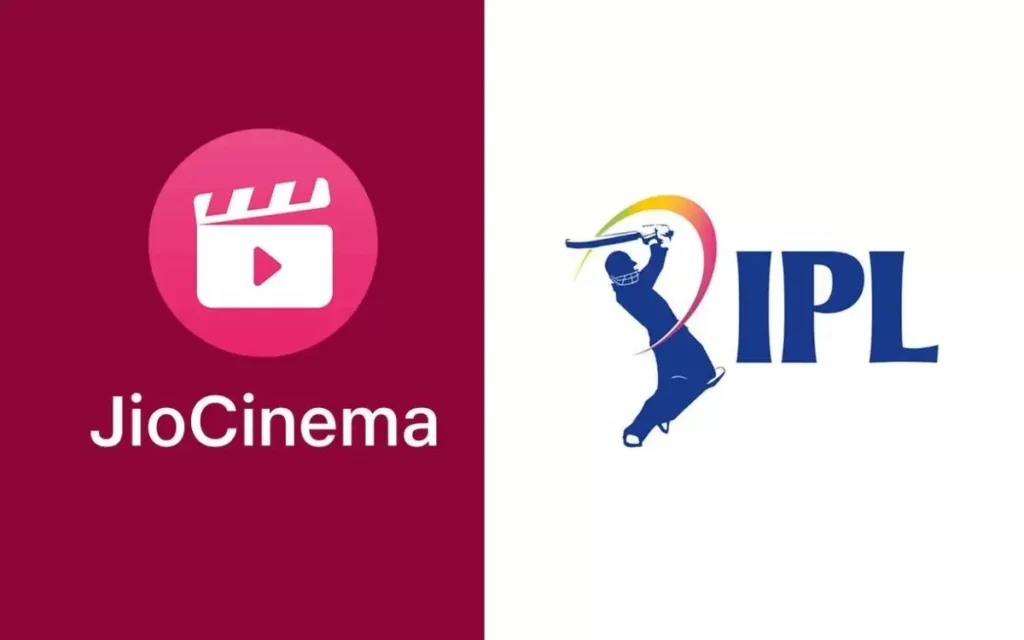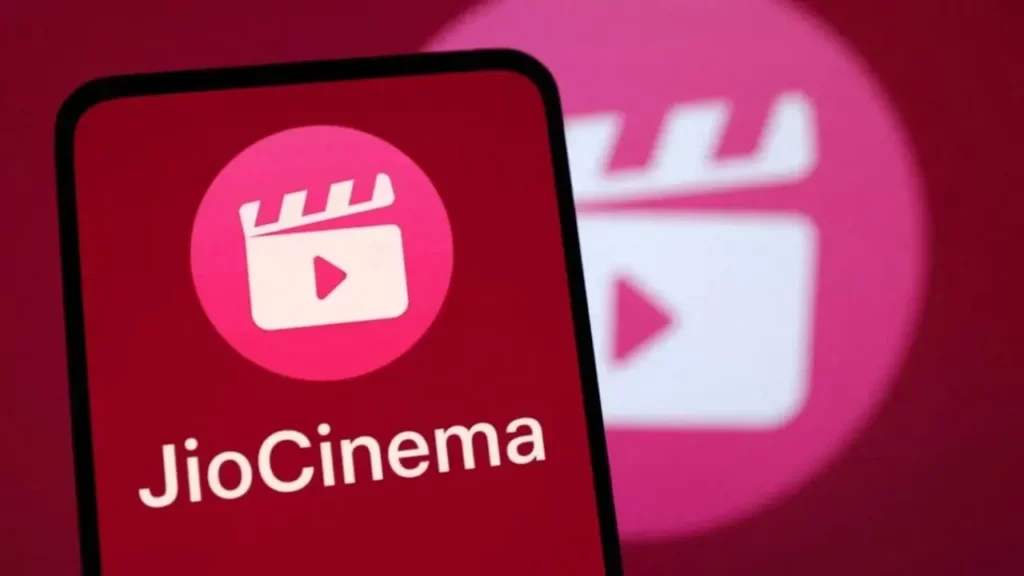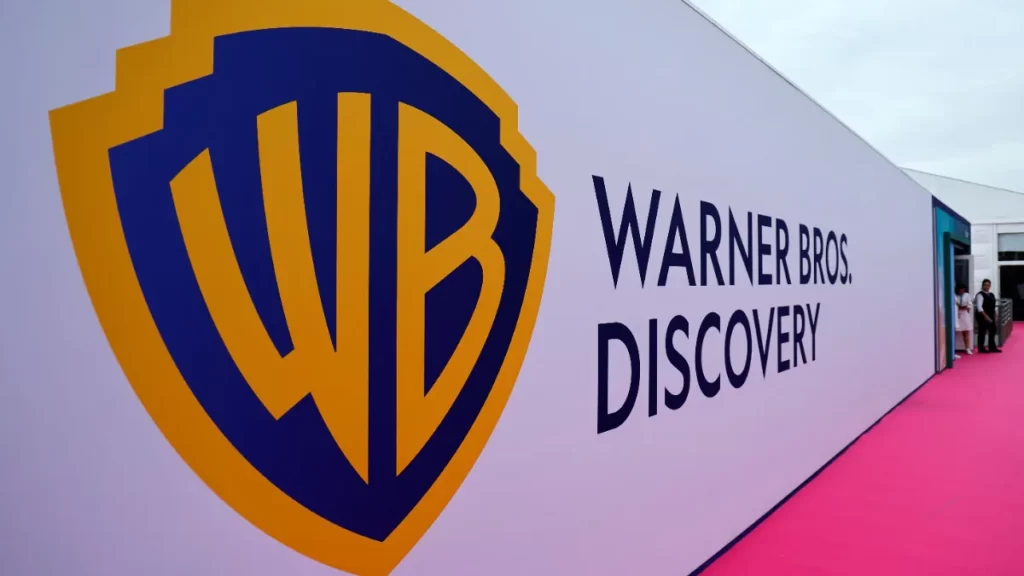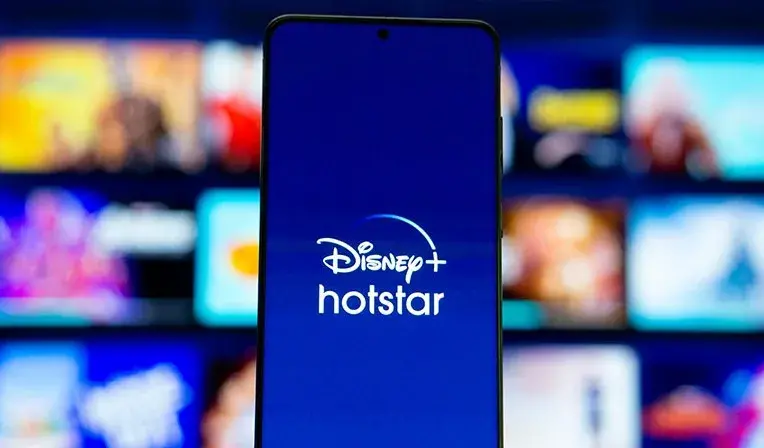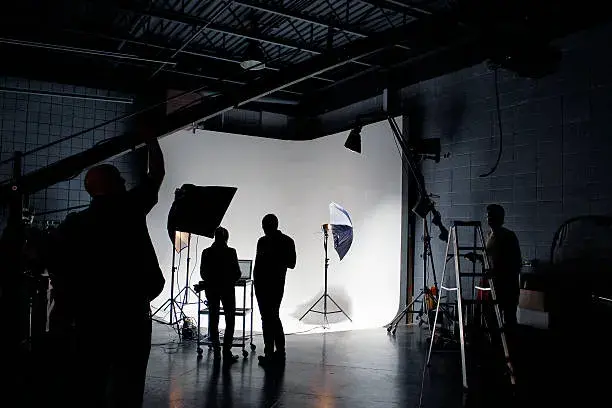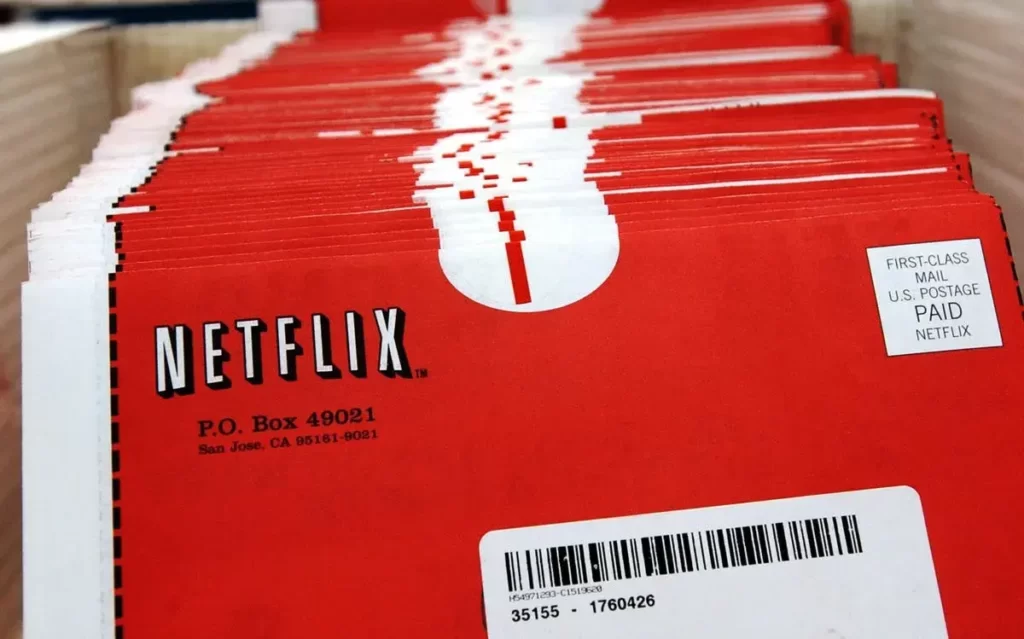Disney+ Hotstar and Viacom18 offer free access to cricket tournaments, raising concerns about long-term impact on the subscription market
Disney+ Hotstar and Viacom18 are adopting a new strategy by offering popular cricket tournaments, such as the Asia Cup and the ICC Men’s Cricket World Cup, for free to mobile users in India. However, experts in the media and entertainment industry are concerned about the long-term consequences of removing the paywall on premium sports content. They believe that this move may negatively impact the subscription market for sports and reduce the value of broadcasting rights in the future. In response to these concerns, Disney Star, the local unit of Walt Disney Co, stated that the decision to lift the paywall for mobile viewers is aimed at democratizing the game of cricket and making it accessible to a wider audience in India. They believe that this move will contribute to the growth of the overall ecosystem. It’s important to note that only the two sporting events mentioned will be available for free, while other premium content, including English language content from Marvel, Pixar, LucasFilms, Disney Animation, and Indian originals, will remain behind the paywall. The free access to the tournaments is limited to mobile users, while connected TV users will still need to pay. According to a FICCI EY report, India has 540 million mobile internet users. As of May, Disney+ Hotstar had the largest paid subscriber base in the country, with 52.9 million subscribers. However, the loss of the Indian Premier League (IPL) and non-renewal of HBO Originals may significantly impact the subscriber base, which has already seen a decline of 8.4 million in the past six months.

